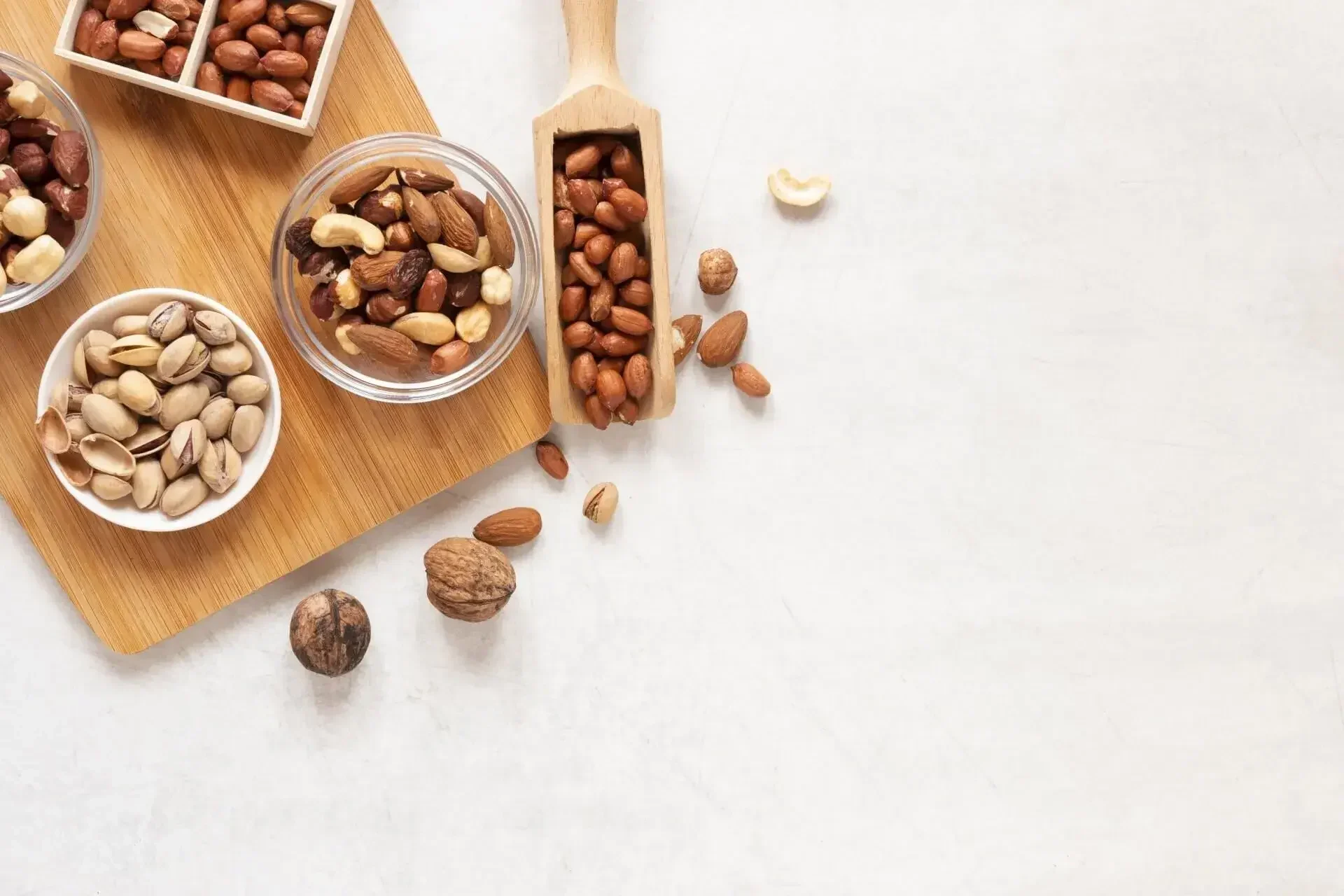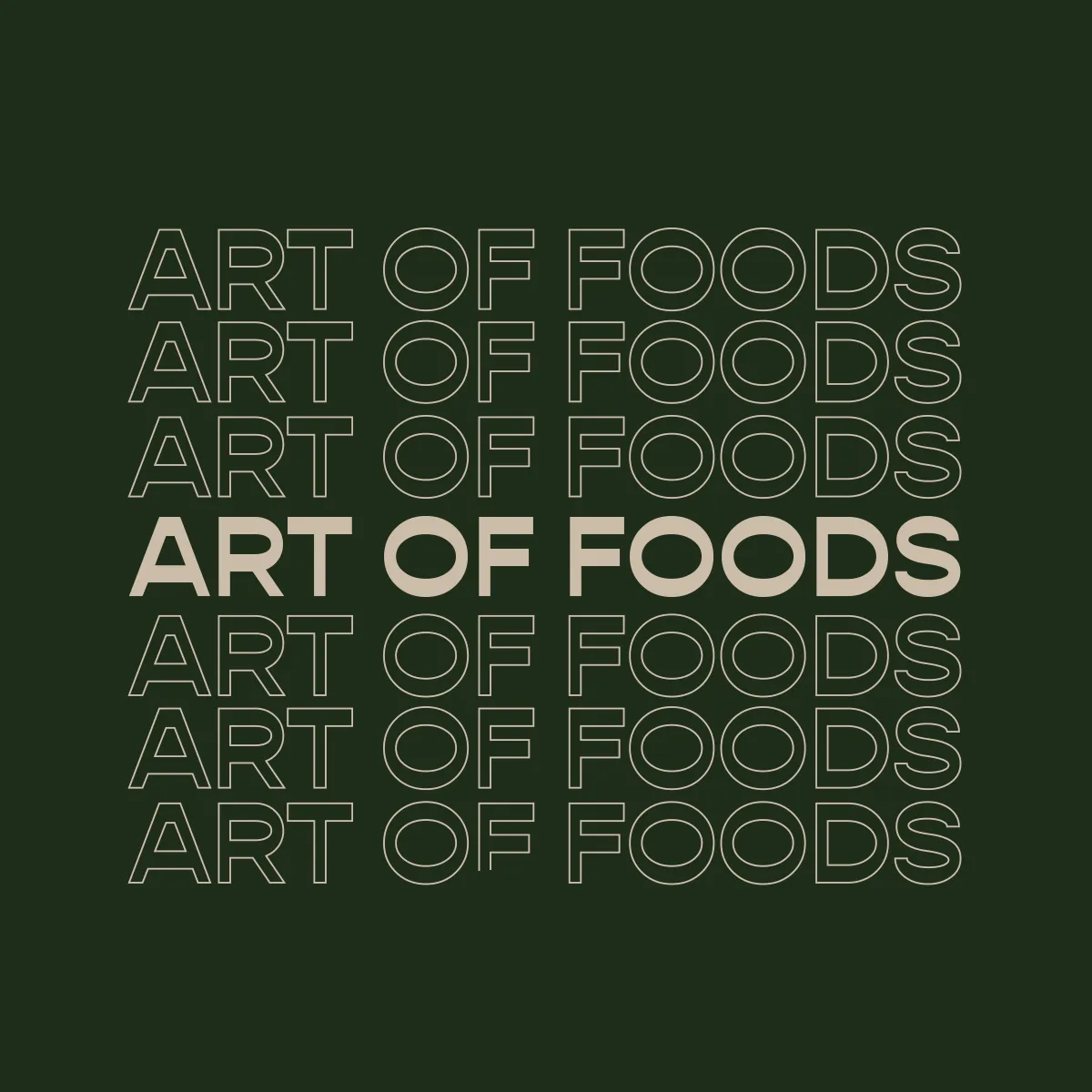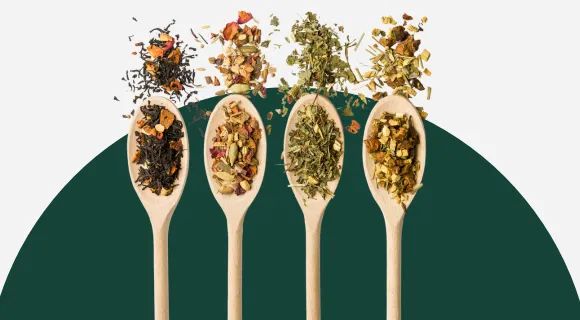Introduction:
In the world of cooking, how food looks is almost as important as how it tastes. Food
presentation, which is like making art on a plate, is about arranging food in a way that looks
really good. It’s not just about eating—it’s about creating a feast for your eyes too. Every little
detail, from where each ingredient goes to the plates and bowls you use, makes a big
difference. In this blog, we’re going to explore the fun world of food presentation.
Plating Techniques:
A plating technique involves skillfully arranging dishes on a plate before serving to enhance
their visual appeal and presentation. Chefs get creative with various methods, showcasing
colors, textures, and ingredients for an appetizing display. Balance, symmetry, and attention to
detail are critical in plating techniques.
Furthermore, food presentation and plating techniques immensely impact a restaurant’s social
media presence. According to the Food Report 2023, the influence of social media is evident as
kitchens worldwide blend diverse products and preparation methods vibrantly and colorfully.
Scrumptious-looking food creations inspire consumers to try and taste them.
Why Food Presentation Matters:
While food presentation holds historical significance, you may be curious as to why it matters
for your business. Here are several reasons why you should consider prioritizing food plating in
your establishment.
Focuses on The First Impression:
Today, a first impression is crucial in the food industry. With so much competition, creating a
notable first impression can be the tool you need to set you above the rest. A well-crafted,
tasteful-looking meal has the power to transcend the dinner plate — one picture can spiral
through the digital world, gathering likes and reposts and bringing attention back to your dish.
These visual platforms have emphasized the need for excellent food presentation.
With a focus on crafting a great food presentation, you can offer people an excellent first
impression and have a chance to reach a broader audience.
Engages Multiple Senses:
If you really think about how you eat, you’ll likely realize that eating is an experience that
initiates much more than just taste. When your plate of food arrives at your table, you see the
food, you smell the food and you may even hear some crackling or sizzling as it’s brought out to
you. Each phase of the experience should be honed and refined to cater to the guest and make
the experience as comprehensive as possible.
Harmonizing Flavors and Presentation:
When crafting a dish, it’s important to consider not just how it looks, but also how it tastes.
Harmonizing flavors involves finding the right balance between different taste sensations –
sweet, salty, sour, and bitter – to create a well-rounded culinary experience. For example, if
you’re preparing a savory main course, consider incorporating a touch of sweetness from
caramelized onions or a tangy element from a splash of vinegar to enhance the overall flavor
profile. Complementary ingredients play a key role in achieving flavor harmony. Pairing
ingredients with complementary tastes and textures can elevate the dish to new heights.
In addition to balancing flavors, the presentation of a dish can also influence how its flavors are
perceived. A well-presented dish not only looks appetizing but can also enhance the dining
experience by stimulating the senses. Consider the visual impact of your dish – the colors,
shapes, and arrangement of ingredients can all contribute to its overall appeal. For example,
arranging ingredients in layers or adding height to the plate can create visual interest, while
incorporating vibrant colors can evoke a sense of freshness and vitality.






